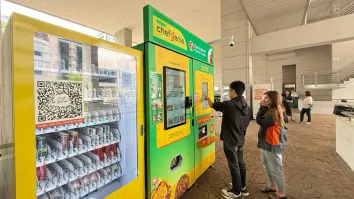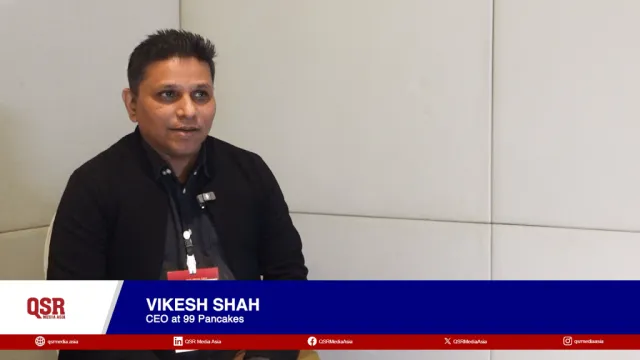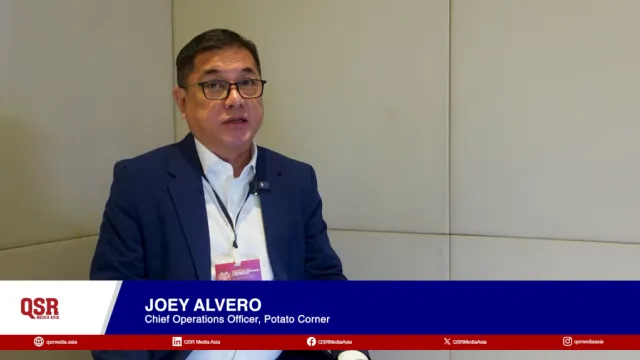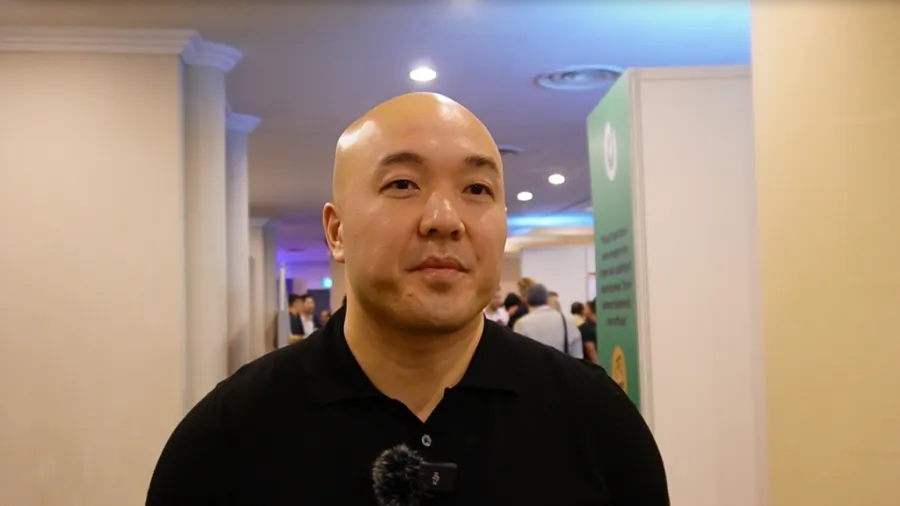
Here’s the two major trends QSRs should leverage according to Deliveroo
The food delivery group used these headwinds to create more value for their services.
Economic challenges have made consumers become penny-pinchers and the fast-food industry is facing the brunt of these effects according to Deliveroo Commercial Director, Andy Lo.
Andy said this observation is based on several industry research they have participated in.
“Headwinds are coming down for QSRs. One of them is the economic challenges. Everyone is tightening their wallets as most are feeling the cost. At the same time, the change in consumer behaviours. I believe the two are not mutually exclusive,” Andy said during a quick interview at the QSR Media Asia Deliverect Conference & Awards 2023, where he joined as a panellist at the Off-premise / Delivery Panel
These headwinds are also a challenge for Deliveroo. Andy said there are two major trends he is seeing. One is that more customers are looking for rewards for their loyalty, and the other is looking more for better deals.
“From the loyalty perspective, we offered a subscription-based service for our users called Deliveroo Plus, where we offer a flat fee per month, and unlimited delivery, true unlimited delivery, for all our restaurant and grocery partners. And the second one in terms of rising costs and high inflation. I think it really comes down to Deliveroo constantly trying to find ways to add value to the entire value chain, which is from partners all the way to consumers,” Andy said.
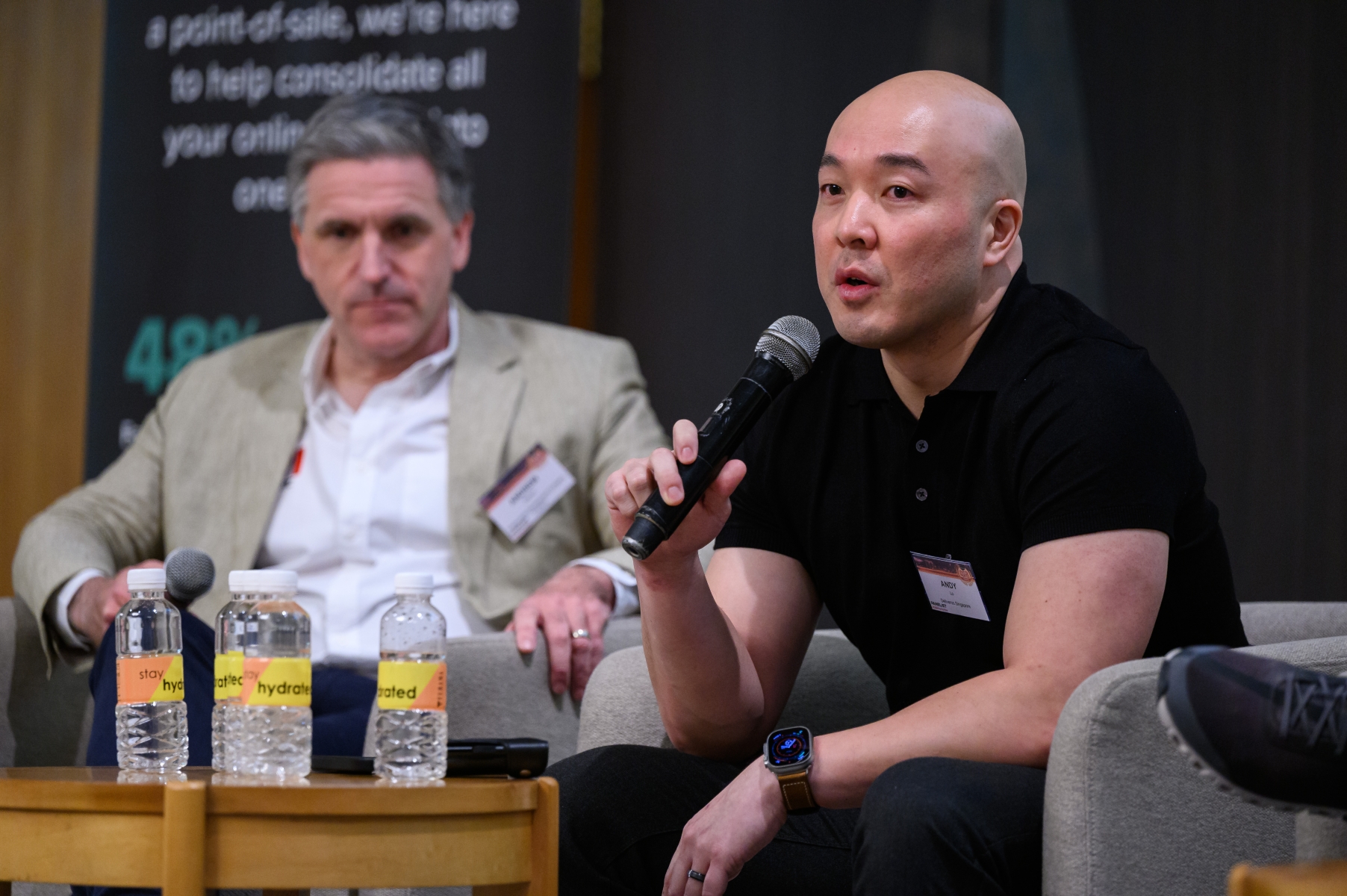
Convenience has also become a major factor for Deliveroo’s services which is why they are also pushing their pickup services.
“Traditionally, convenience was just delivery. However, that definition is changing. For example, customers in the CBD area only have one hour for lunch. So they don’t want to waste it by queueing in long lines. Our pickup service allows customers to order, and walk down in a few minutes to pick it up."
The convenience of the pickup has also provided partners with foot traffic to their retail stores and created more brand impressions, where traditionally there wasn’t, thus creating brand loyalty and customer stickiness’. According to Andy, their partners noticed that long lunch lines will often have new customers go somewhere else.
“But what we did with the pickup app is it allowed our partners to funnel customers in the long line to the pickup, allowing more capacity in the main line,” Andy said.
According to Andy, the key goal for the next five years is to find ways to add more value to their services for their partner restaurants. Andy said their plan is to pinpoint the focus on the neighbourhood level. This means knowing the trends, customer search patterns, and demand at a neighbourhood level. Andy said they would leverage the millions of data points they process on a daily basis to identify these trends.
An example of how they did this was when one of their pizza brand partners was facing low order and delivery traffic.
“When we looked at the zone, one of the key search criteria was bulgogi. So we recommended that he creates a bulgogi pizza. Because from a customer perspective, you might search for bulgogi and your pizza item will come up. So there is higher visibility and higher conversation in those zones,” Andy said.







